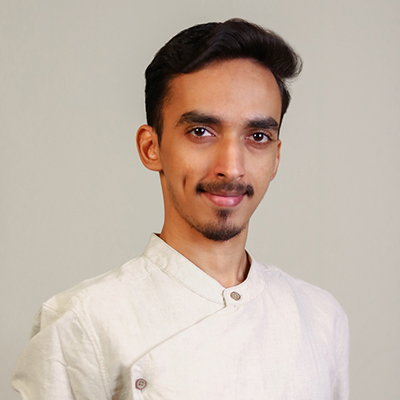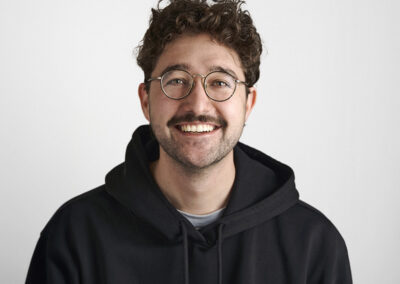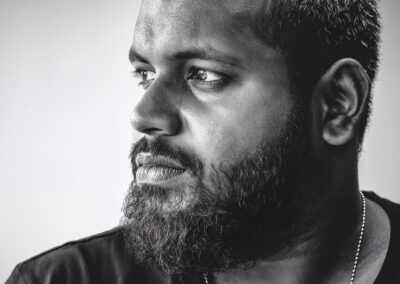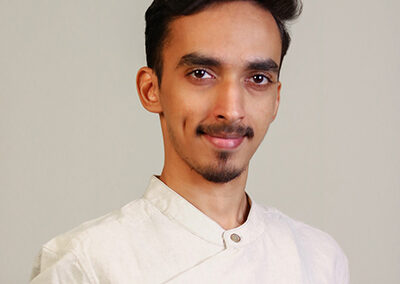Intro
I am a Red Dot award-winning strategic product designer with over 11 years of experience, recognized as a double gold medallist from the National Institute of Design, Ahmedabad, and NIFT. Currently, I lead a multidisciplinary design studio at one of India’s largest drone companies, where we design UAV systems for multiple sectors like defense, surveillance, mining, and logistics industries on both the industrial design and software side.
Previously, I spearheaded voice and vision intelligence-driven design initiatives at Samsung Electronics as a Lead Designer in Bengaluru, India. My journey includes key projects with Indian and global MNCs like Decathlon, Jindal Lifestyle, Godrej, and Titan, spanning wearables, home appliances, sports gear, and lifestyle décor.
My design ethos draws deeply from nature, technology, and diverse cultures. As a passionate traveler and drone enthusiast, I capture unique perspectives—both from the ground and the sky. I am always seeking new ways to amalgamate creativity, technology, and human insight, striving to craft impactful and emotionally resonant product experiences. You’re welcome to learn more about my background on my website.
What sparked your interest in design?
Spending summer vacations at my grandfather’s workshop, an electronics engineer by profession, was a cherished part of my childhood. Surrounded by an array of electronic components and intriguing gadgets from 80’s and 90’s era, I found endless joy and fascination. My innate curiosity about how things functioned fueled countless hours of exploration and discovery.
This early exposure, coupled with the unwavering support of my father, a mechanical engineer, nurtured my inquisitive nature. His guidance helped me delve deeper into understanding how things are made and the reasoning behind their design. This blend of hands-on experiences and intellectual encouragement sparked a profound interest in science during my school years.
I’ve come to appreciate the parallels between these process-driven professions—both rooted in exploration, iteration, and the pursuit of innovation. This foundational curiosity continues to inspire my design journey today.
Marry creativity with strategy. Design isn’t just making beautiful things—it’s about making them matter. Understand your target users, your medium, and your business model if you want to truly scale impact.
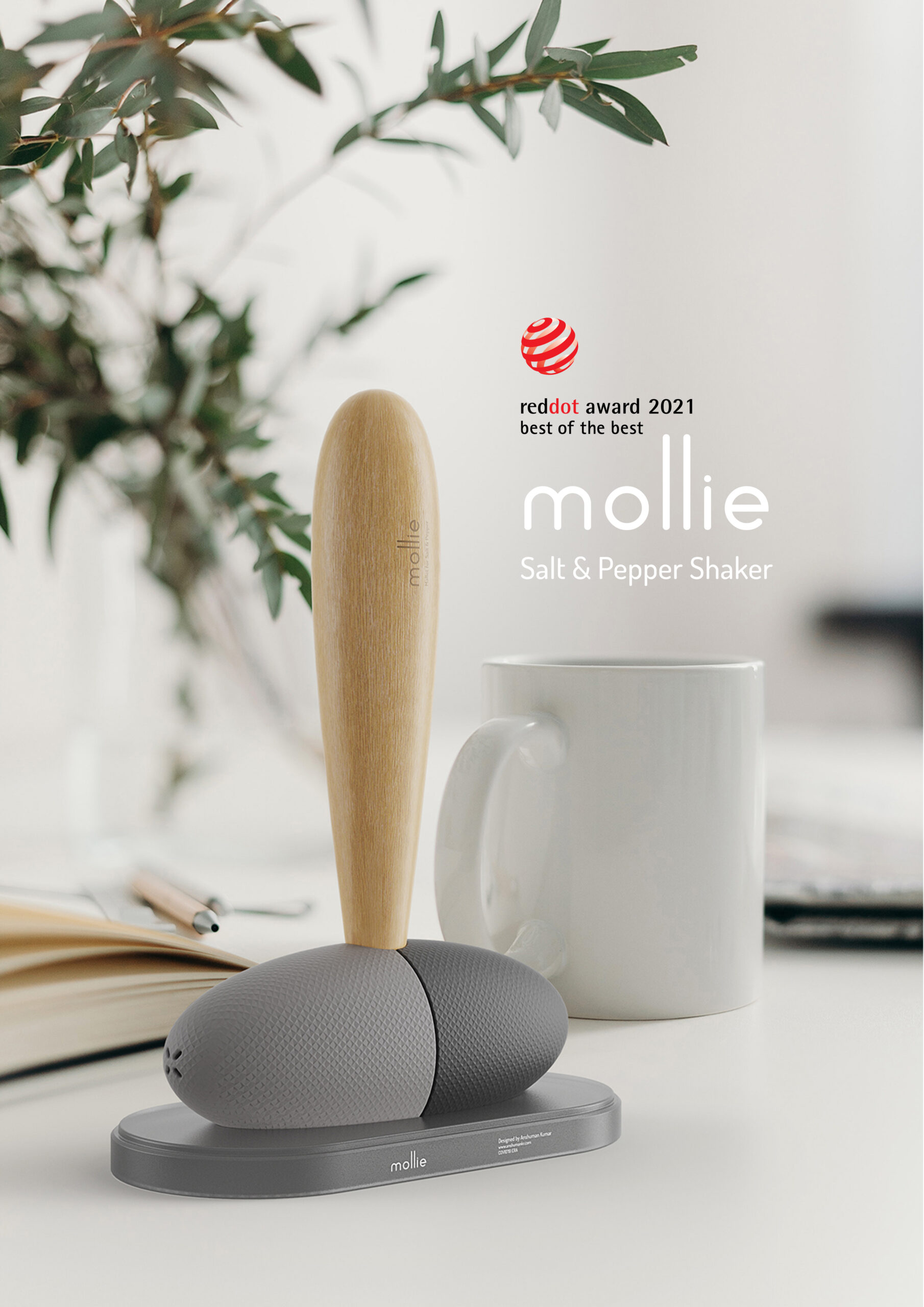
What are some of your favorite projects?
Over the past 11-12 years, I’ve had the privilege of working with renowned global MNCs such as Samsung, Decathlon, Titan, and Godrej, etc. Given the confidential nature of many projects, particularly those around mobility, voice, and vision intelligence, I’ll focus on a few that I can share without restrictions.
One project especially close to my heart is an intelligent wearable designed for Titan watches. This endeavor seamlessly blends cutting-edge modern science with the timeless wisdom of Indian traditions. The project was met with widespread acclaim, both nationally and internationally.
Another standout project is “Mollie,” an elegant yet fun salt and pepper shaker that earned the prestigious Red Dot: Best of the Best award. Its innovative yet design and functionality captured the attention of the design community globally and was exhibited in multiple global expos/ museums.
Additionally, “Oze,” a handheld thermal scanner combined with a COVID-19 testing device, stands out for its impactful contribution during critical times. It was one of those design projects which was driven by the need of the hour when we were stuck in our homes with limited access to mobility and medical resources, highlighting the importance of thoughtful, user-centric design which was accessible at home. Each of these projects reflects a blend of creativity, cultural insights, and technological innovation that continues to inspire my work.
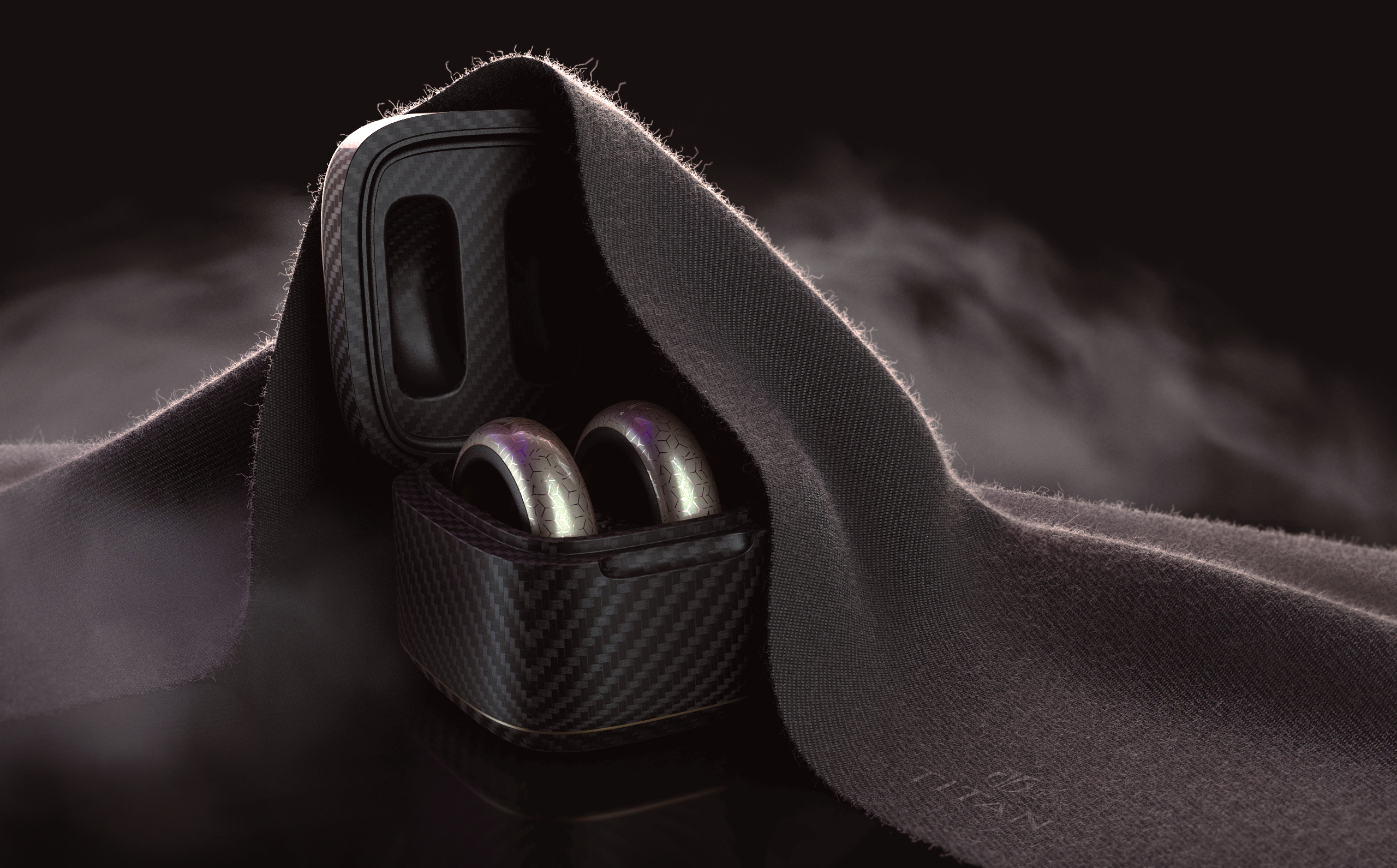
Where in your process do you use KeyShot Studio?
I actually lean on KeyShot Studio at three pivotal moments in my workflow:
1. Early concept check-in: Right after I have a solid CAD model, I drop it into KeyShot to get an instant, photoreal feel for the shape, scale, and rough materials. It’s a quick gut-check that helps me—and everyone on the team—see if we’re heading in the right direction before we commit to any physical mock-ups.
2. Mid-design refinement: Once the basic form is locked down, I jump into KeyShot’s material library and HDR environments to fine-tune finishes and lighting. During design reviews, I’ll rotate the model, swap out textures, and dial in the look in real time. That interactive back-and-forth means fewer leather-watch sessions over sample parts—and faster consensus.
3. Final presentation & marketing: When it’s go-time for pitches or campaign assets, I crank out high-res stills, 360° turntables, and even animations. I’ll also share KeyShot Viewer files so clients can explore the product interactively—no waiting on prototypes, and everyone gets that “this is the real deal” vibe.
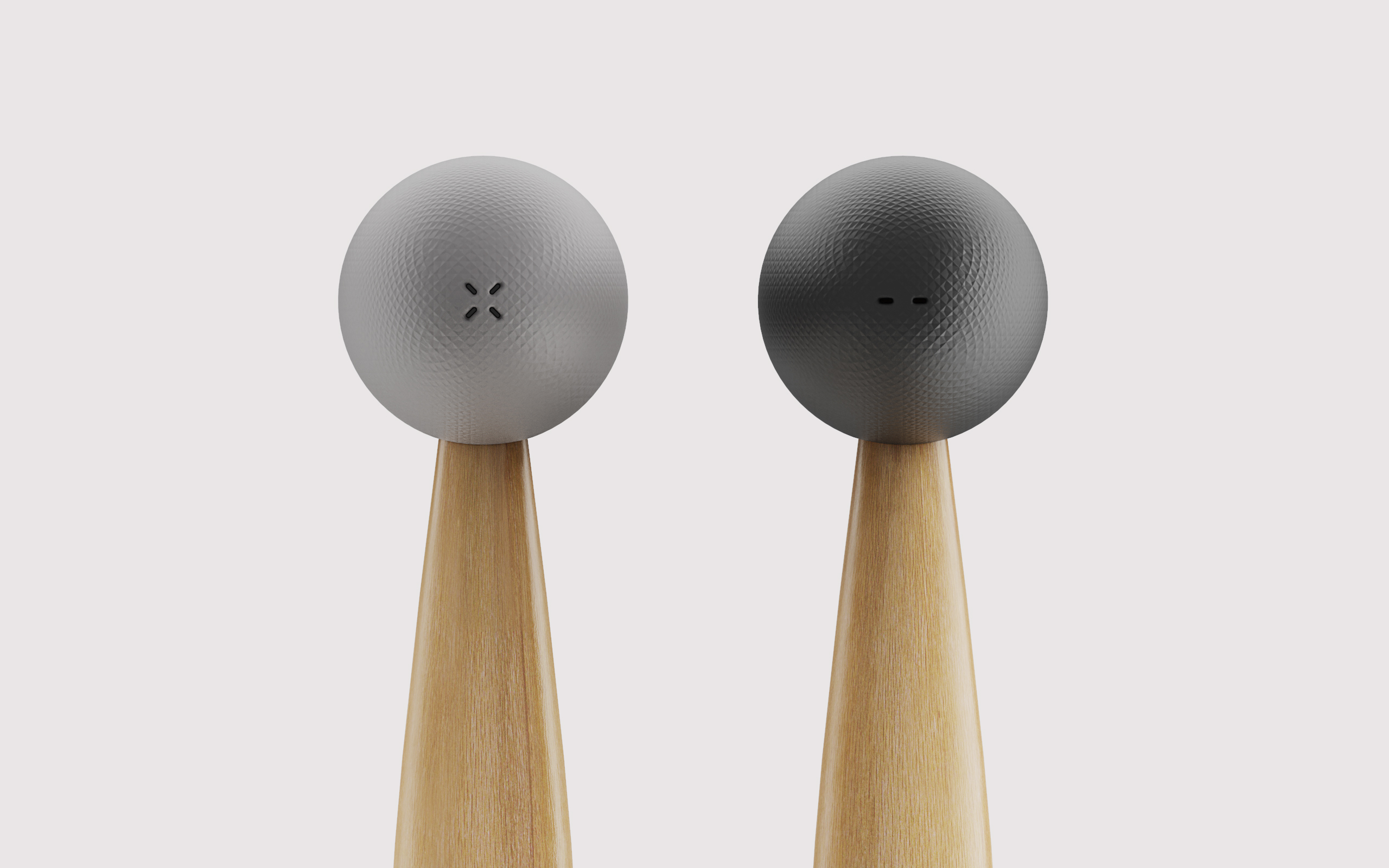
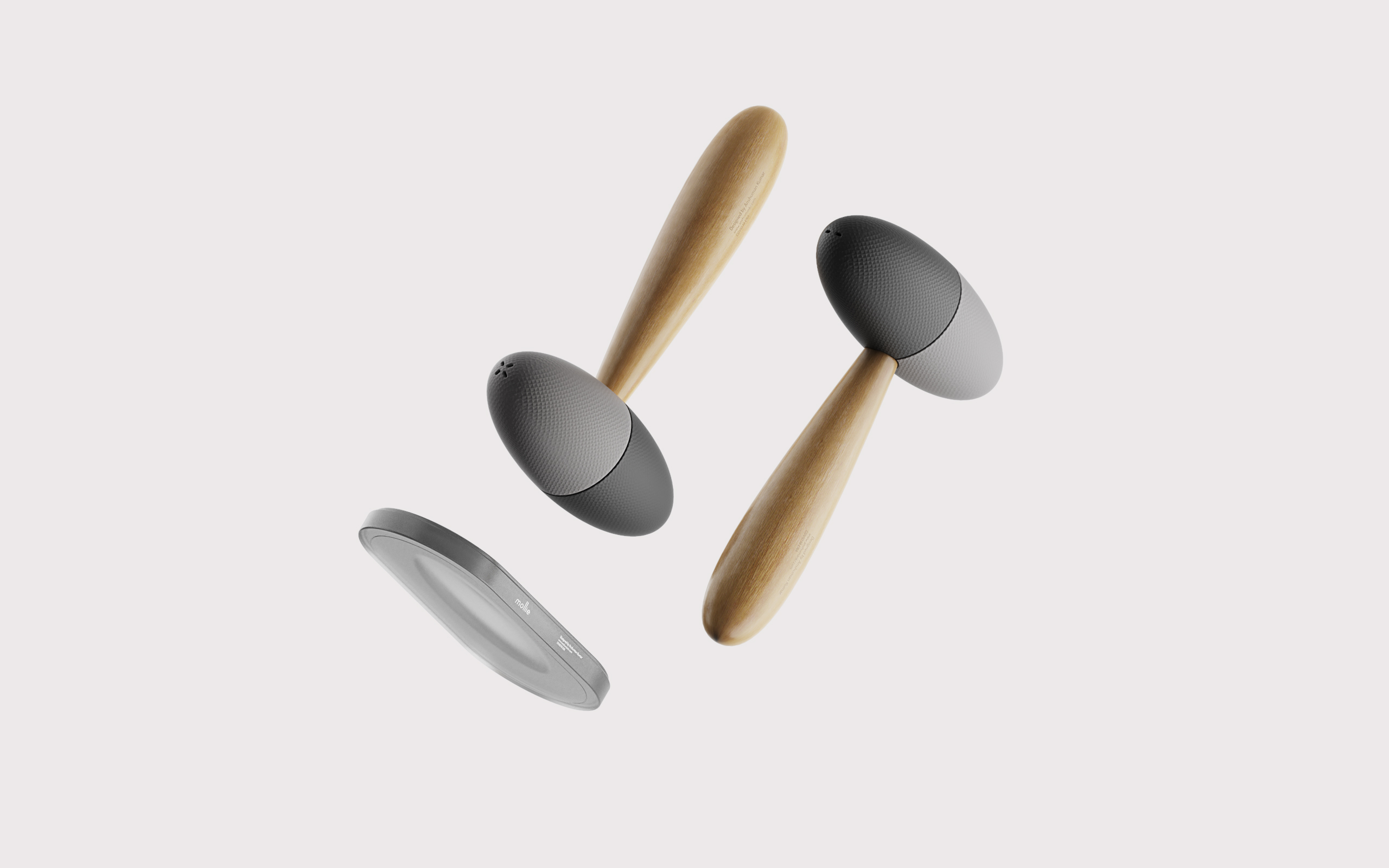
What inspired you to get into 3D printing? Any tips or advice for those wanting to get started?
My journey into 3D printing began in 2014, when I first got hands-on experience with a printer at my workplace. At the time, I was designing home décor products, predominantly in stainless steel—a material notoriously tough to shape. That moment was a game-changer. Coming from a design generation where hand skills were still revered in prototyping, gaining access to rapid prototyping felt like unlocking a creative superpower. It not only sped up my workflows but also completely transformed how I thought about iteration and experimentation. Soon after, I invested in my own 3D printer for home use—and honestly, it’s been my quiet collaborator on every project since.
One can begin with a simple, reliable machine—but choose wisely. I learned this the hard way back in 2019, when I started out with very basic 3D printers which was readily accessible within budget. Half my time was spent troubleshooting, calibrating, and understanding the machine itself instead of actually prototyping. It was valuable, sure—but it also ate into creative flow and design momentum.
Thankfully, things have come a long way since then. Today’s machines offer much more refined user experiences right out of the box, freeing designers from the burden of constant maintenance and letting them focus on what truly matters: design direction and rapid iteration. So if you’re a designer, prioritize output and ease-of-use over tinkering. Let the machine support your creativity—not interrupt it.
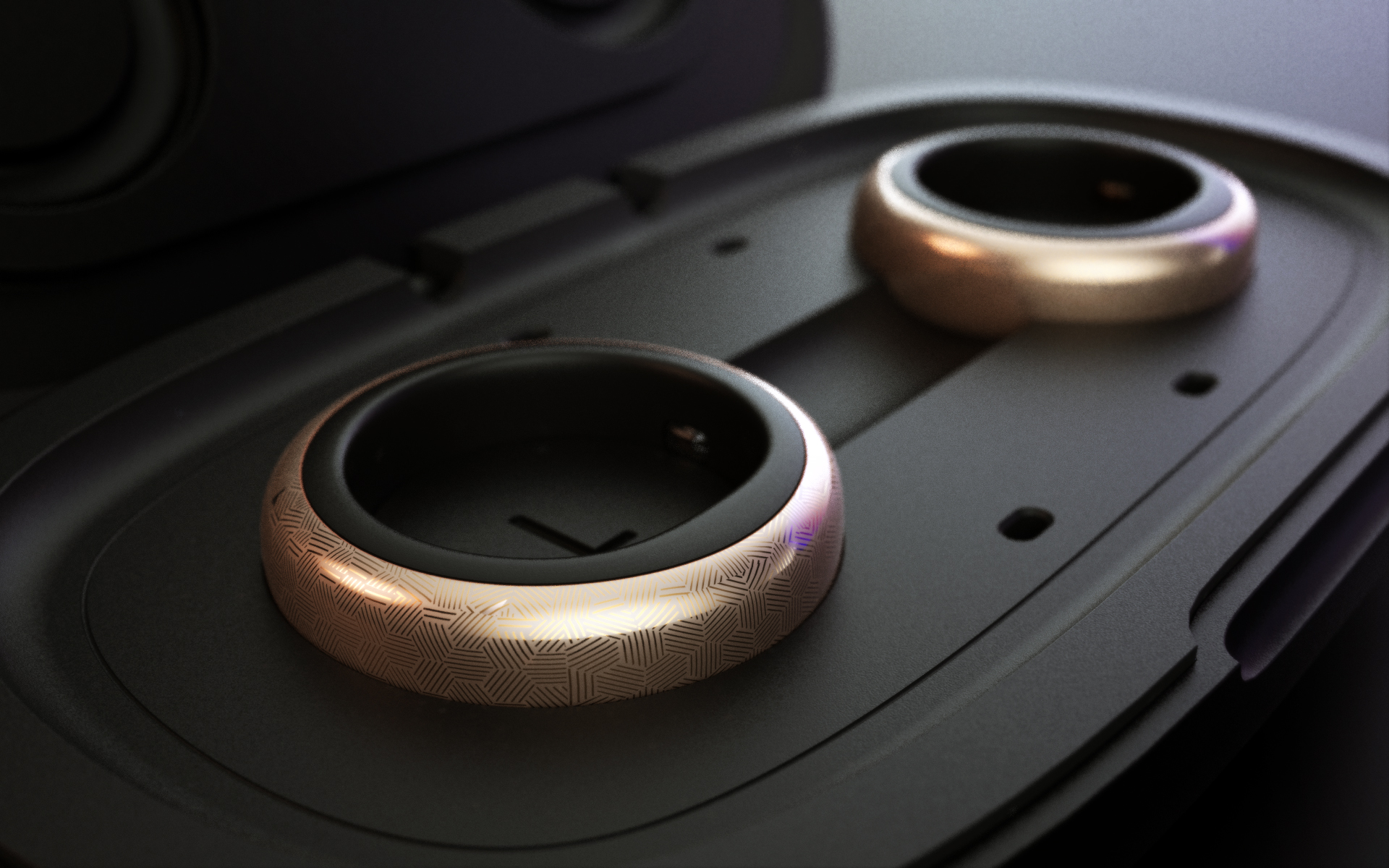
What are your favorite KeyShot Studio tools or features?
Real-time rendering engine: Nothing beats the instant feedback of KeyShot’s real-time renderer. It lets me tweak lighting, materials, and environments on the fly, so I’m constantly iterating without waiting on long render queues. That speed makes a huge difference, especially when I’m juggling multiple design versions.
Material graph & advanced texturing: For storytelling through surfaces—metal, ceramics, recycled plastics—KeyShot’s Material Graph lets me build custom shaders and layer textures in a way that feels like digital sculpting. It brings that tactile, crafted feel to every visual.
Model sets and studio: One of the most powerful setups I rely on is the multi-material and studio scene configuration. The ability to combine environments, model sets, camera angles, and lighting in a non-destructive workflow is a total game-changer. It allows for rapid back-and-forth iterations, without compromising previous work—saving enormous time and unlocking room for creative exploration. This setup feels like having a design playground where possibilities multiply. You can test concepts, visualize materiality, and refine storytelling elements in your product presentations—all without breaking the flow.
GenAI capabilities: I haven’t fully explored it yet—but even at a glance, its potential to supercharge workflows is massive. This leap feels like the beginning of a whole new phase in creative efficiency.
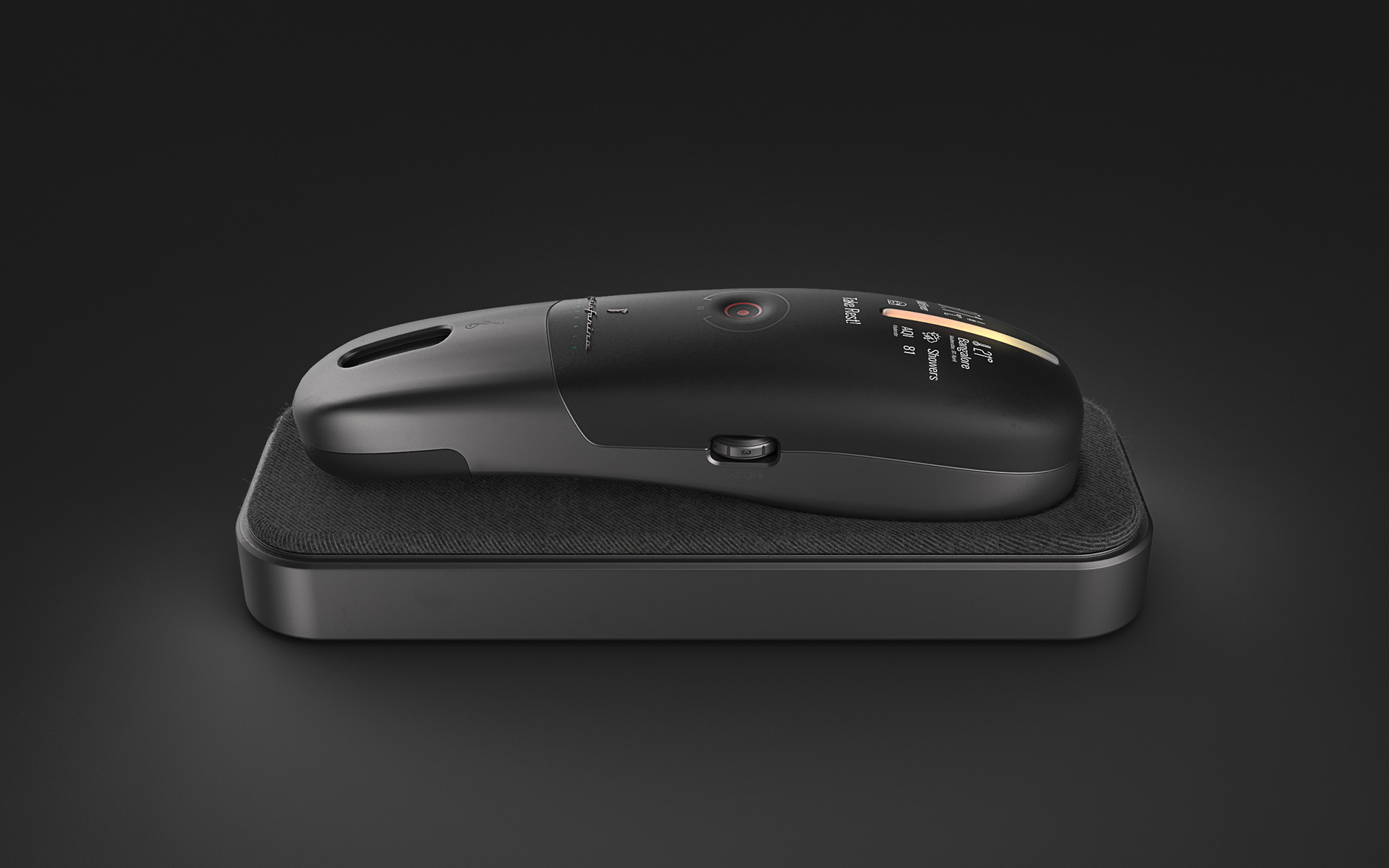
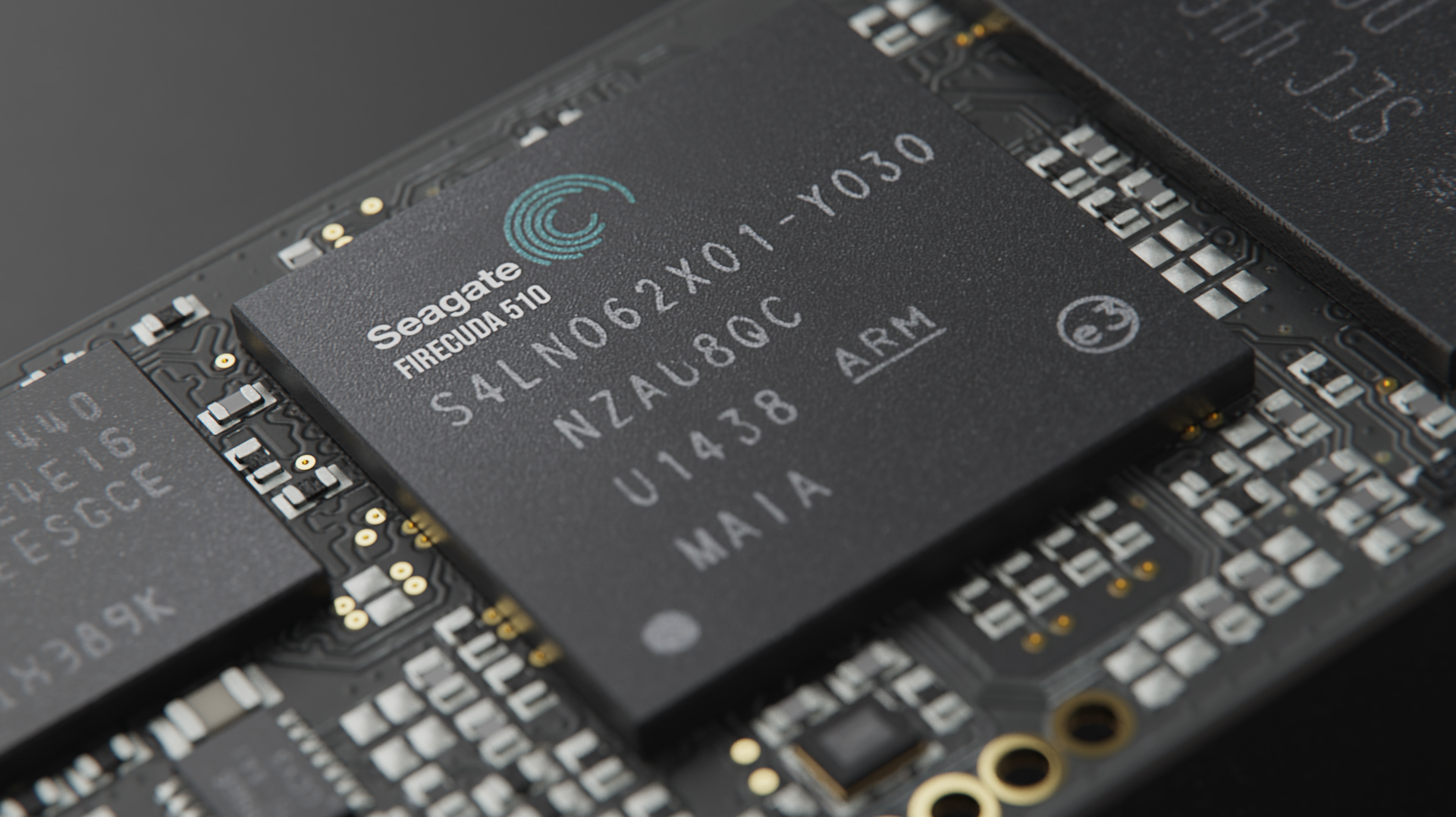
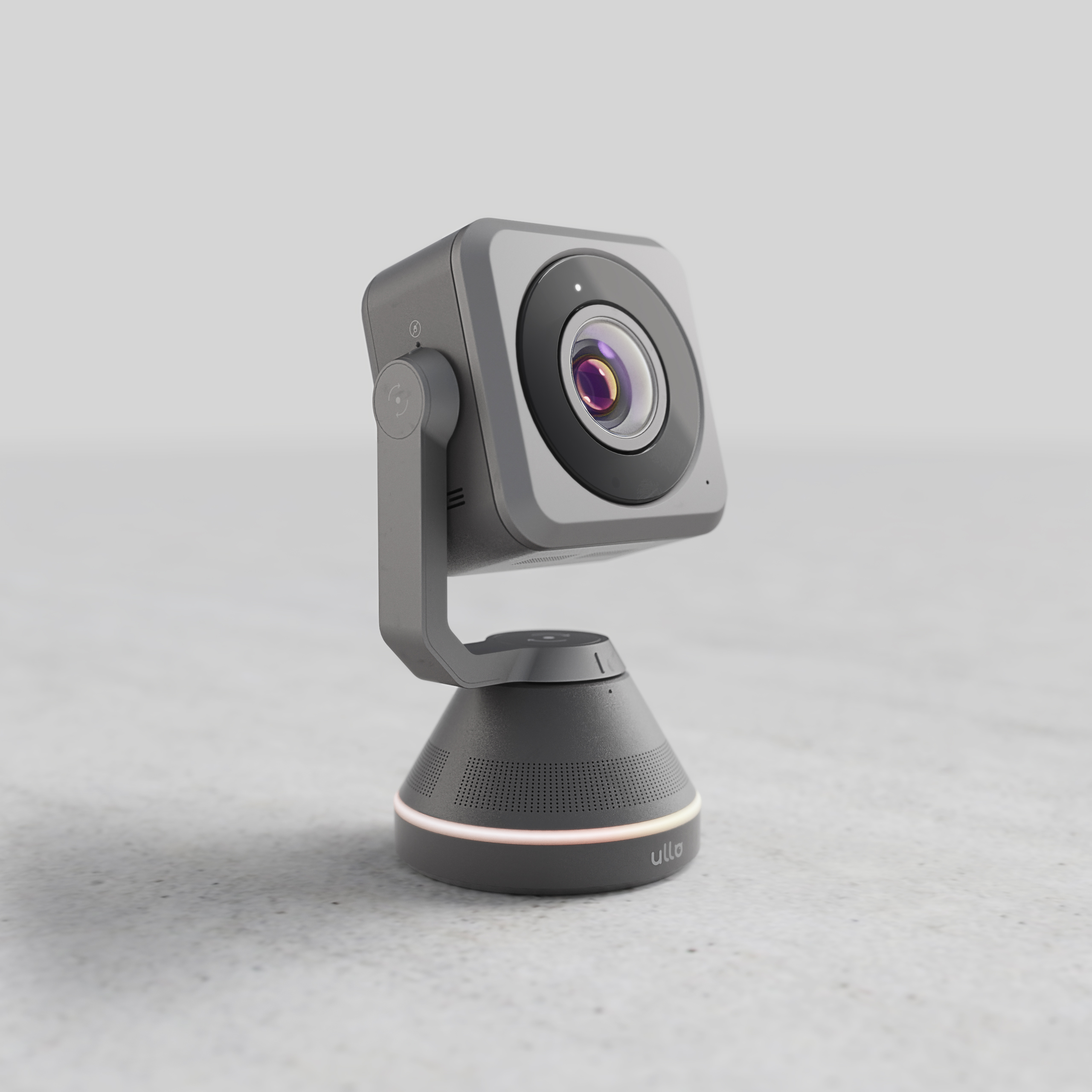
What advice would you give to someone interested doing what you do?
If you’re curious about diving into the kind of work I do—blending design, storytelling, future technologies and systems thinking—here’s what I’d say:
Start with what moves you. Whether it’s materials, stories, or technology, follow the spark that genuinely excites you. Passion sustains you through the grind.
Design is more than aesthetics. It’s about understanding context, people, and purpose. Every object you create should have intention behind it—form follows feeling as much as function.
Learn by doing, failing, and iterating. Back in 2014, I got lucky with early exposure to 3D printing, but I also spent years exploring and debugging entry-level machines in 2019. Those challenges taught me resilience and resourcefulness—and the value of frictionless tools to stay in the design flow.
Don’t work in isolation. Collaboration is critical. Share progress, seek feedback, and collaborate with others—even small interactions can unlock new directions.
Marry creativity with strategy. Design isn’t just making beautiful things—it’s about making them matter. Understand your target users, your medium, and your business model if you want to truly scale impact.
Stay curious about emerging tech. Tools like GenAI are rewriting the creative playbook. I’m still exploring their potential, but they’re already shifting how we think about ideation and execution.

